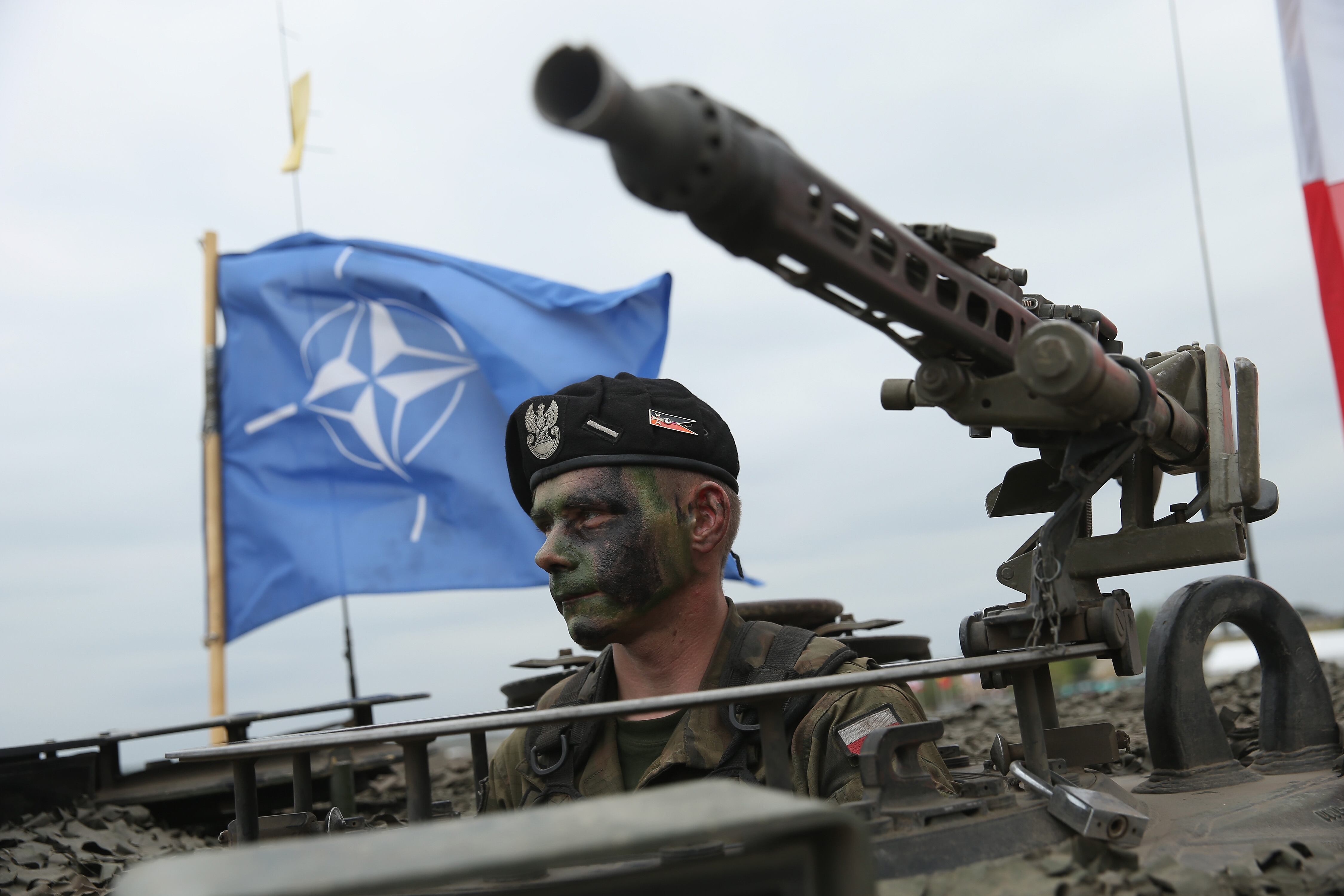WASHINGTON ― As NATO attempts to modernize its capabilities, it is looking for ways to convince allied nations to invest in alliance capability gaps over other domestic defense requirements.
One perennial roadblock: Host nations have to weigh industrial base concerns with their defense dollars. And there is no easy solution, even as NATO looks to increase outreach to the commercial technology sector in allied countries.
Part of the challenge, said Air Commodore Ralph Reefman, assistant chief of staff for defense planning at NATO Allied Command Transformation, is that NATO has no role in helping to align those requirements with local interests, noting the alliance targets an effect, and it is “up to the individual ally how to get an industrial offset.”
“The solution would be [a] multinational solution, making sure that if a country that perhaps doesn’t have that industrial base or has reasons to protect its industrial base, that we do recognize this and start to work together,” he said at the Defense News Conference on Sept. 6.
Click here for more coverage and updates from the Defense News Conference.
Which is why the F-35 joint strike fighter model has been successful, he added, with individual nations able to claim parts of the industrial base during production, and then able to bid to claim roles in the ongoing sustainment effort.
Balancing industrial needs with vital interoperability is also part of the challenge, said Iain King, defense counselor for policy and nuclear issues with the British Embassy in the U.S.
He held up the U.K.’s new aircraft carrier, to be named the Prince of Wales on Friday, as an example of how to make that work. That carrier was “built almost entirely in the U.K., but the software and some parts of it were built in other countries,” specifically with the fact in mind that the ship will host F-35s in the future.
RELATED

And for some smaller nations, it is easy to align domestic defense priorities with what NATO wants, noted Peter Michael Nielsen, minister counselor/defense counselor with the Danish Embassy in the U.S., who said what Denmark plans to spend is “pretty much” in line with NATO requests.
Of course, local industry doesn’t mean just the defense industry. It also includes the commercial technology sector, which more and more is driving developments of new military capabilities. And as individual countries turn to their tech sectors for help, so too will NATO.
“The military is piggybacking on innovative solutions that come out from the industry,” Reefman said. “We are trying to better link, better fuel the future by talking to industry, talking to research centers, visiting some of the leading countries in NATO and ask them: What are your thoughts on future capabilities? Which way are you going?”
King highlighted space, information systems and cyber capabilities as specific areas where NATO could benefit from working more closely with the tech sector. In those areas, commercials firms are “showing the way forward, and people in government like us need to learn from the private sector,” he said.
Aaron Mehta was deputy editor and senior Pentagon correspondent for Defense News, covering policy, strategy and acquisition at the highest levels of the Defense Department and its international partners.








